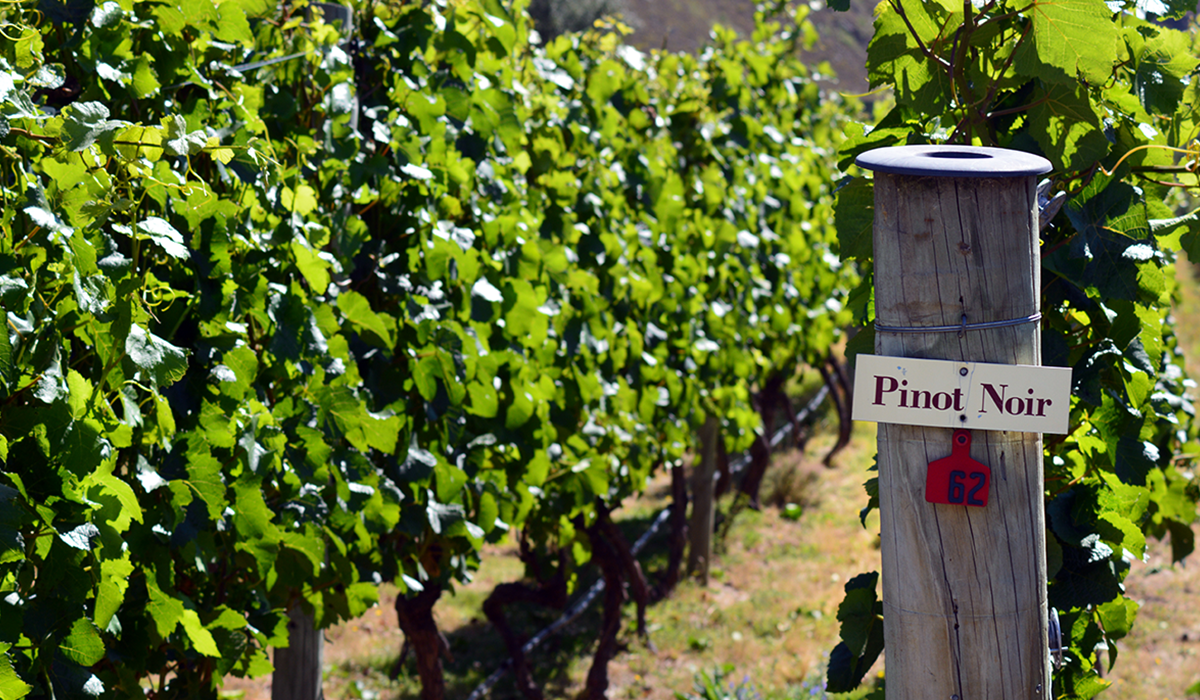Climate (specifically, climate change) is a hot topic globally, particularly within the agricultural sector. It’s particularly poignant in Australia, which has a vast range of climates – warm, temperate, cool, cold, inland, coastal – plus many micro-climates within those.
What and where we can grow is changing, with positive and negative effect. Grape farmers, like all farmers, have always been at the mercy of the seasons, and understanding climate is all part of the job. Here, we’ll look at some of the key factors.
What is climate?
Climate is different than weather. Weather refers to the variation between each day, week or, in the case of the wine industry, the vintage. Climate refers to the long-term average of weather patterns in a specific region over an extended period.
How climate impacts wine
It is important to consider that climate can determine style, but it shouldn’t determine quality. It’s possible to make wine in almost any climate, so long as the site is a good match for the variety planted and the winemaking is mindful of these variables. That said, most suitable climates are found between 30° and 50° latitude, both north and south.
How climate impacts site selection
Viticulturists think just as carefully about what to plant as where to plant it. There’s soil type to consider, the aspect, and potential for inclement weather. The choice of variety and resulting wine, however, are heavily influenced by climate.Pinot noir, for example, grows best in cooler conditions. Rising temperatures are shifting not only where pinot noir can grow, but where it grows well. For this reason, Champagne houses are buying up vineyards in the UK, while the once too-cool Upper Yarra is fast becoming one of Victoria’s top pinot growing areas.
Some varieties are more adaptable than others, with climate influencing the finished product. Cool-climate shiraz (syrah) is medium- to full-bodied with a complex spice profile, medium-fine tannins and good fruit density. Meanwhile, warm climate shiraz has higher alcohol with rich, ripe fruit flavours and tannins that can be astringent in youth (but can age for decades). It’s simply a matter of preference.
How winemakers are future proofing
Winemakers are increasingly turning to ‘climate appropriate’ varieties to mitigate the effects of climate change. For many, that means planting thick-skinned, sun-tolerant grapes that don’t require irrigation.Varieties that are indigenous to warmer, drier regions tend to do well in other warm, dry regions. That’s why we’ve seen an uptick in the likes of vermentino, nero d’Avola and montepulciano on these shores. The latest is nerello mascalese, native to Mount Etna in Sicily, for which Chalmers’ nursery already has a waiting list, to quote Kim Chalmers, “as long as your arm.”

Key terms for climate and wine
While Australian regions are commonly referred to as cool, moderate and warm, they also fit within three general classifications: Mediterranean, continental and maritime.Mediterranean regions have mild, wet winters and hot, dry summers. Southern France, Greece and much of Italy have Mediterranean climates, as does California and parts of South Australia.
Continental regions have more extreme temperature variations between seasons, with cold winters and hot summers. Germany, Austria and New Zealand are known for their continental climates.
Moderated by water, maritime climates have mild and moderate temperatures throughout the year. Bordeaux and Champagne have maritime climates. In Australia, the list extends to Tasmania, Margaret River and Central Victoria.
Enrol in a Halliday Wine Academy course in 2024
Learn more about climate and wine with Halliday Wine Academy.Across eight modules, Halliday Wine Academy's Introduction to Wine online course offers a detailed look at the Australian wine landscape. Learn about Australian wine regions, how wine is made, how to taste and describe wine, how to approach food and wine matches, along with handy tips that address common wine questions.
If you prefer to learn in a classroom setting, enrol in our 2024 Fundamentals of Wine in-person classes that kick off in May. Our Fundamentals of Wine in-person course includes one two-hour session per week for four weeks. Students will be hosted by Jane Faulkner in Melbourne and Mike Bennie in Sydney.
Words by Nola James.



